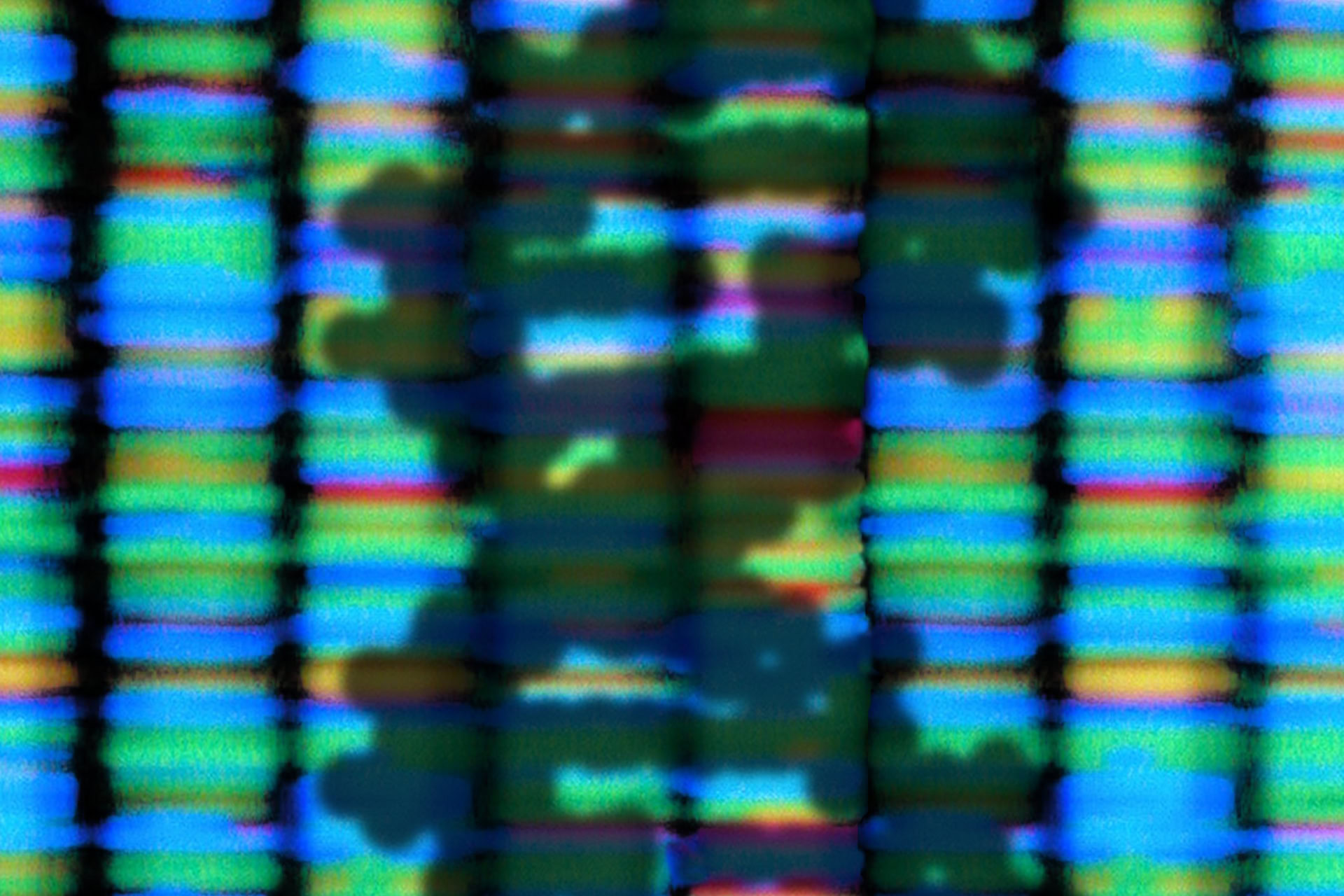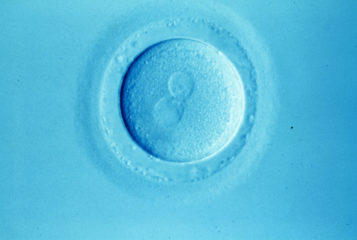| Horizon: What Makes Us Human?
BBC2, Wednesday 3 July 2013 Presented by Professor Alice Roberts |
 |
What is it that separates us from the rest of the apes? This is the question that Professor Alice Roberts seeks to answer in her programme 'What Makes Us Human?'
The story starts with a visit to the Max Planck Zoo in Leipzig, home to many of our closest primate relatives including bonobos, chimpanzees, orangutans and gorillas. We are told of the remarkable similarities between us apes; the familiar statistic that we share 99 percent of our DNA with bonobos gets a run-out. We learn about their impressive lateral thinking abilities - cue shots of chimps using water to raise the level of a peanut in a tube and working together to receive mutual gains (bananas).
Perhaps we are not so different then? Not so, Professor Roberts says; it is us who are experimenting on them, putting them in enclosures and making TV programmes about them.
The first analysis of our differences is from Dr Michael Tomasello who explains that rather than considering humans as the most intelligent species, we should think of intelligence as having various facets that different species possess. For example chimpanzees have excellent spatial awareness and quickly grasp causal relations. However it is the human culture of learning and sharing knowledge that makes our intelligence so powerful and contributes to making us unique.
At this point the programme loses a little focus. Professor Roberts was pregnant during filming and so there is an overly long introduction to the next difference: birth and our offspring. Roberts explains that human babies are 'a little bit useless' and vulnerable, especially compared to other primate infants. This has long been explained to biology students (including me) with the obstetric dilemma concept. The basic idea here is that as a result of human bipedalism there is a maximum width that a woman's hips can be for efficient walking. However this limits the size of the birth canal and as a result a trade-off occurs with the size a baby's head can grow to by birth.
Challenging this idea is Dr Holly Dunsworth whose research has shown that there is no restriction on hip widths for efficient walking. Her team have found that the metabolic rate of a pregnant woman is rather what causes birth to occur 'early'. A baby is born at the point at which the mother's metabolic rate can go no higher and so cannot allow for the baby to grow any larger.
The programme then moves on to look at the complexities of the human brain. Humans have far more neuronal connections than any other primates. To investigate further, Roberts visits the geneticist Professor Franck Polleux. There is a rather tedious introduction to the size of the human genome, before we find out about Professor Polleux's research. The gene SRGAP2 is particularly involved in forming neuronal connections and is present in all primates. Humans, though, have four copies. It is this change that allows human brains to become so complex, and again, is partially what makes us human.
Measuring this connectivity requires a huge amount of effort. We meet neuroscientist Professor Jeff Lichtman of Harvard University. It is his aim to build a 3D map of neuronal connections by imaging incredibly thin slices of brain and joining them together using sophisticated computer software. Unfortunately this technology is in its infancy and so the analysis focuses on statistics of the enormity of the project.
The programme finishes with Roberts again returning to her own pregnancy, and the changes that her baby will go through to become a unique human adult.
Roberts is a fantastic presenter, and it is clear to see that she is genuinely fascinated by the topics raised. However there was too much superficial analysis, almost all of it using ideas that have been knocking around in (or not far from) the public consciousness for decades. The evidence for the only controversial idea, that the obstetric dilemma is wrong, was a little unconvincing. Finally, some key features such as our bipedalism were only briefly referenced or, in the case of human language, completely overlooked.
With its hour-long running time, this show could have covered a lot more ground without being overwhelming. Roberts' own pregnancy also features more than is really necessary. Did we need such a blatant grab for the 'human angle' in a programme on anthropology?





Leave a Reply
You must be logged in to post a comment.